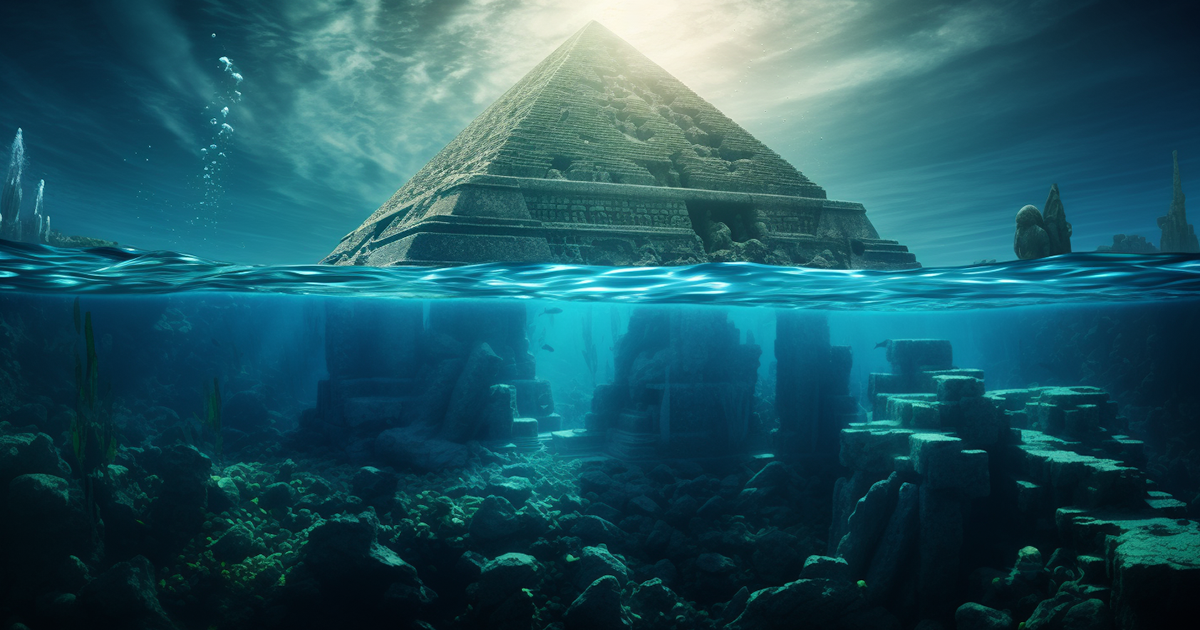In the realm of historical enigmas, few are as captivating as the ancient wonders of Egypt. The colossal pyramids of Giza and the enigmatic Sphinx have long puzzled archaeologists and historians alike. However, recent discoveries have shed new light on the intriguing history of these iconic structures, suggesting a connection to an unexpected element: water.
The Pyramids of Giza have always held a special place in the hearts of those fascinated by the past. These architectural marvels have stood tall for millennia, evoking a sense of awe and wonder. Theories about their construction abound, but the latest findings have taken us in an entirely new direction – one that involves water.
Imagine a time when the arid deserts of Egypt were submerged beneath a vast expanse of water. It may sound like a far-fetched notion, but evidence is emerging to support this incredible hypothesis. In a recent archaeological excavation, a fossil was discovered that could potentially rewrite the history of the Pyramids and Sphinx.

This particular fossil, found in close proximity to the Pyramids, has raised eyebrows in the scientific community. It appears to be the remains of a creature that once thrived in a watery environment. While it’s premature to draw definitive conclusions, the presence of this fossil is undeniably intriguing. Could it be possible that the Pyramids and Sphinx were originally built in a region that was submerged beneath water?
The implications of such a discovery are profound. For years, scholars have debated the purpose and methods behind the construction of the Pyramids. The prevailing theory suggests they were elaborate tombs for pharaohs, built to guide them to the afterlife. But if these structures were built in an area submerged by water, could their purpose be more complex than we ever imagined?
One possible explanation is that the ancient Egyptians possessed advanced engineering techniques that allowed them to construct these monuments in a region subject to periodic inundation. This would challenge our current understanding of their capabilities and ingenuity. It might also hint at a deeper connection between the ancient civilization and the natural world.

The presence of the Sphinx, with its distinctive lion-like visage, only deepens the mystery. Could this enigmatic creature have been constructed in homage to the water’s significance in the region’s history? While this theory raises more questions than answers, it’s clear that the ancient Egyptians held a deep reverence for their environment, and the waters that once covered their land may have played a pivotal role in their cultural and spiritual beliefs.
As scientists continue to study the fossil and its implications, we’re left to ponder the significance of these findings. The history of the Pyramids and Sphinx may be far more complex and interconnected with the natural world than we ever imagined. While we can’t definitively unlock the secrets of these ancient wonders just yet, one thing is certain: the recent discovery of this fossil has opened up a new chapter in the ongoing exploration of Egypt’s rich and mysterious past.

11 thoughts on “Ancient Mysteries: New Fossil Findings Hint at a Watery Past for the Pyramids and Sphinx”
Comments are closed.